Metallica, one of the most influential heavy metal bands of all time, has left an indelible mark on the music industry with its powerful sound and captivating performances. In this article, we will take a journey through their discography, exploring their iconic albums in chronological order. From their groundbreaking debut to their evolution as a band, Metallica has consistently pushed boundaries and reshaped the landscape of heavy metal. Join us as we delve into the realm of Metallica’s musical legacy.
Metallica Albums In Order
| Studio Album | Release Date |
| Kill ‘Em All | Jul 25, 1983 |
| Ride The Lightning | July 27, 1984 |
| Master Of Puppets | Match 3, 1986 |
| …And Justice For All | September 7, 1988 |
| Metallica | August 12, 1991 |
| Load | June 4, 1996 |
| Reload | November 18, 1997 |
| St. Anger | June 5, 2003 |
| Death Magnetic | September 12, 2008 |
| Hardwired… To Self-Destruct | November 18, 2016 |
| 72 Seasons | April 14, 2023 |
1. “Kill ‘Em All” (1983)
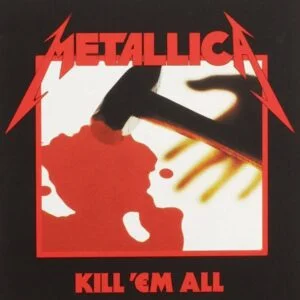
Metallica burst onto the scene with their debut album, “Kill ‘Em All,” which set the stage for the thrash metal genre. Released in 1983, this album showcased the band’s raw energy and aggressive musical style. With tracks like “Seek & Destroy” and “Whiplash,” Metallica introduced a new level of intensity and speed that captivated fans worldwide. “Kill ‘Em All” marked the beginning of a new era in heavy metal music.
Tracks
- Hit the Lights
- The Four Horsemen
- Motorbreath
- Jump in the Fire
- (Anesthesia)-Pulling Teeth
- Whiplash
- Phantom Lord
- No Remorse
- Seek & Destroy
- Metal Militia
2. “Ride the Lightning” (1984)
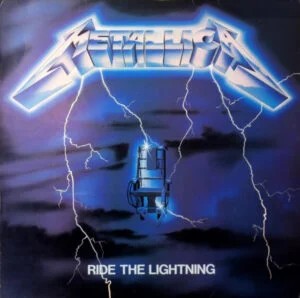
Building upon the success of their debut, Metallica unveiled their sophomore album, “Ride the Lightning,” in 1984. This album exhibited the band’s growth and maturity as musicians. Songs like “Fade to Black” and “For Whom the Bell Tolls” showcased a more melodic side of Metallica while retaining their signature heavy sound. With “Ride the Lightning,” Metallica demonstrated its ability to experiment and push boundaries within the genre.
Tracks
- Fight Fire with Fire
- Ride the Lightning
- For Whom the Bell Tolls
- Fade to Black
- Trapped Under Ice
- Escape
- Creeping Death
- The Call of Ktulu
3. “Master of Puppets” (1986)
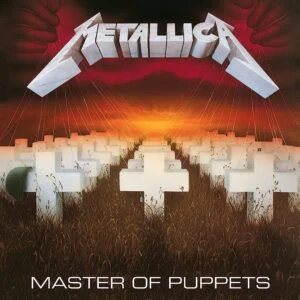
Regarded by many as Metallica’s magnum opus, “Master of Puppets” solidified their status as one of the greatest heavy metal bands in history. Released in 1986, this album showcased Metallica’s technical prowess and songwriting brilliance. Tracks like the title track, “Battery,” and “Welcome Home (Sanitarium)” displayed the band’s ability to create complex musical arrangements with thought-provoking lyrics. “Master of Puppets” remains a timeless masterpiece and a cornerstone of the metal genre.
Tracks
- Battery
- Master of Puppets
- The Thing That Should Not Be
- Welcome Home (Sanitarium)
- Disposable Heroes
- Leper Messiah
- Orion
- Damage, Inc.
4. “…And Justice for All” (1988)
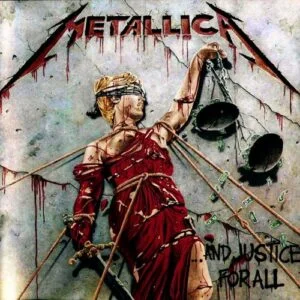
In 1988, Metallica released “…And Justice for All,” an album that pushed the boundaries of their sound and lyrical themes. This album featured intricate compositions and showcased the band’s progressive tendencies. Tracks such as “One” and “Blackened” addressed social issues and showcased Metallica’s ability to create emotionally charged music. “…And Justice for All” cemented Metallica’s reputation as innovators and further solidified their place in heavy metal history.
Tracks
- Blackened
- …And Justice for All
- Eye of the Beholder
- One
- The Shortest Straw
- Harvester of Sorrow
- The Frayed Ends of Sanity
- To Live Is to Die
- Dyers Eve
5. “Metallica” (1991)
With the release of their self-titled album, often referred to as “The Black Album,” Metallica achieved unprecedented mainstream success. Released in 1991, this album featured hits like “Enter Sandman” and “Nothing Else Matters,” which propelled Metallica to global stardom. While some fans criticized the band for embracing a more accessible sound, the album’s commercial success cannot be denied. “Metallica” remains one of the best-selling albums of all time.
Tracks
- Enter Sandman
- Sad but True
- Holier than Thou
- The UnforgivenWherever I May Roam
- Don’t Tread on Me
- Through the Never
- Nothing Else Matters
- Of Wolf and Man
- The God That Failed
- My Friend of Misery
- The Struggle Within
6. “Load” (1996) and “Reload” (1997)
In the mid-1990s, Metallica embarked on a musical journey that showcased their versatility and willingness to explore new territories. “Load” (1996) and its follow-up, “Reload” (1997), presented a departure from their traditional thrash metal sound. These albums incorporated elements of alternative rock and blues, showcasing a more introspective side of the band. Tracks like “Until It Sleeps” and “The Memory Remains” demonstrated Metallica’s ability to evolve while retaining its signature intensity.
Tracks (Load)
- Ain’t My Bitch
- 2 X 4
- The House Jack Built
- Until It Sleeps
- King Nothing
- Hero of the Day
- Bleeding Me
- Cure
- Poor Twisted Me
- Wasting My Hate
- Mama Said
- Thorn Within
- Ronnie
- The Outlaw Torn
Tracks (Reload)
- Fuel
- The Memory Remains
- Devil’s Dance
- The Unforgiven II
- Better than You
- Slither
- Carpe Diem Baby
- Bad Seed
- Where the Wild Things Are
- Prince Charming
- Low Man’s Lyric
- Attitude
- Fixxxer
7. “St. Anger” (2003)
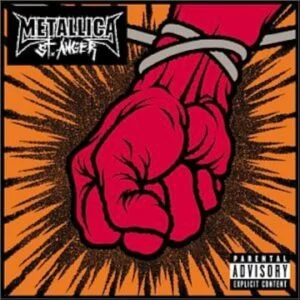
“St. Anger,” released in 2003, marked a significant shift in Metallica’s sound. This album showcased a raw and unfiltered approach, with abrasive guitar tones and emotionally charged lyrics. Tracks like the title track and “Frantic” reflected the band’s internal struggles and served as a cathartic outlet. While “St. Anger” received mixed reviews from fans and critics alike, it stands as a testament to Metallica’s willingness to experiment and take risks.
Tracks
- Frantic
- St. Anger
- Some Kind of Monster
- Dirty Window
- Invisible Kid
- My World
- Shoot Me Again
- Sweet Amber
- The Unnamed Feeling
- Purify
- All Within My Hands
8. “Death Magnetic” (2008)
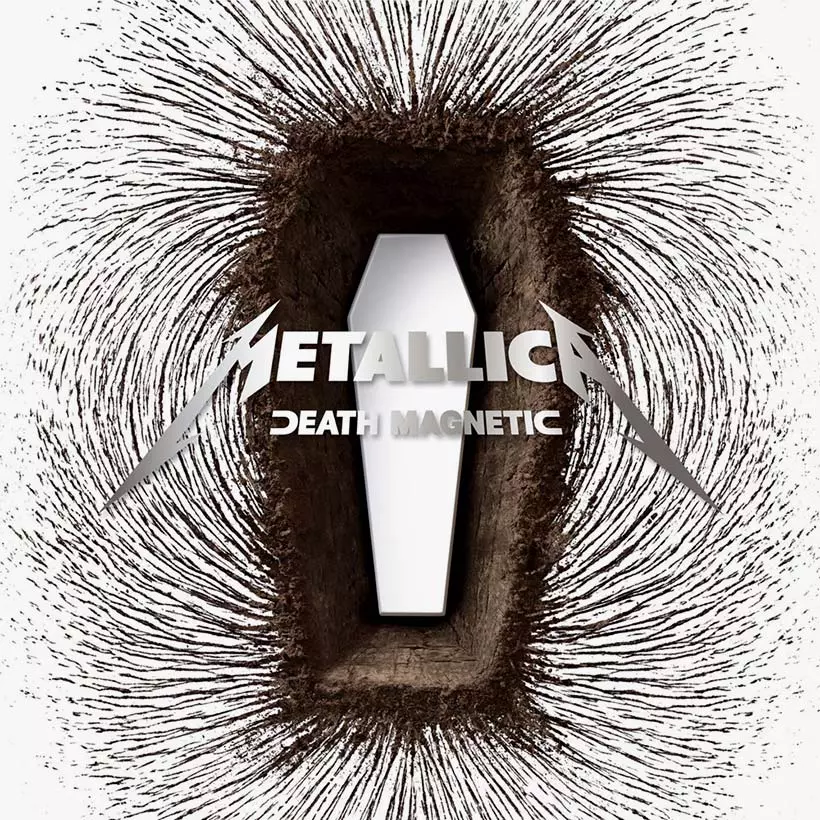
Following a period of introspection, Metallica returned to its roots with “Death Magnetic” in 2008. This album harkened back to their thrash metal origins, featuring blistering guitar solos and relentless energy.
Tracks like “All Nightmare Long” and “The Day That Never Comes” showcased Metallica’s ability to capture the essence of its early sound while infusing it with a modern edge. “Death Magnetic” was a triumphant return and a reminder of the band’s enduring legacy.
Tracks
- That Was Just Your Life
- The End of the Line
- Broken, Beat & Scarred
- The Day That Never Comes
- All Nightmare Long
- Cyanide
- The Unforgiven III
- The Judas Kiss
- Suicide & Redemption
- My Apocalypse
9. “Hardwired… to Self-Destruct” (2016)

In 2016, Metallica unleashed “Hardwired… to Self-Destruct,” a testament to their enduring presence in the music world. This double album showcased a balanced blend of aggression and melody, displaying the band’s maturity and craftsmanship.
Tracks like “Moth into Flame” and “Atlas, Rise!” demonstrated Metallica’s ability to craft memorable hooks while delivering powerful performances. “Hardwired… to Self-Destruct” reaffirmed Metallica’s relevance and its ability to captivate audiences decades into its career.
Tracks
- Hardwired
- Atlas, Rise!
- Now That We’re Dead
- Moth into Flame
- Dream No More
- Halo on Fire
- Confusion
- ManUNkind
- Here Comes Revenge
- Am I Savage?
- Murder One
- Spit Out the Bone
10. “72 Seasons” (2023)
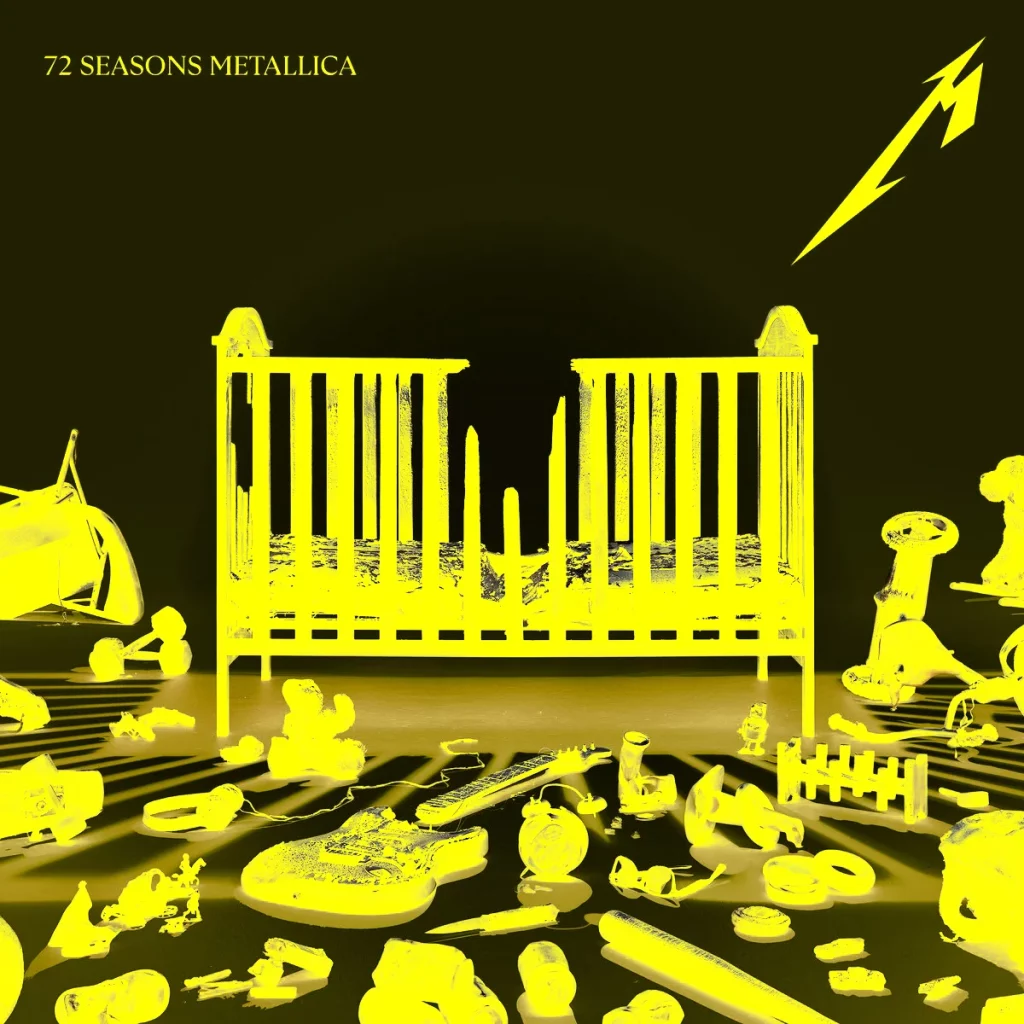
Hardwired…to Self-Destruct is followed by Metallica’s 72 Seasons album by seven years. Given the title and premise of 72 Seasons—the idea that all we become as adults are affected by our first 18 years or 72 seasons—the band was undoubtedly thinking about life cycles. The album’s lead single and title track opens with a rhythm reminiscent of Motörhead before launching into the explosive thrash that Metallica pioneered in the 1980s.
Both “Shadows Follow” and “Too Far Gone?” are classic thrash tunes, with the latter getting a Thin Lizzy-inspired twist from amazing guitar harmonies. Meanwhile, “You Must Burn!” sounds like it might have been on the Black Album back in 1991, while “Screaming Suicide” is a suicide ballad performed from the perspective of suicide (“Keep me inside, my name is suicide”). Addition from the obvious allusions, there are additional occasions on 72 Seasons that give the impression that Hetfield was reflecting on the past when writing these songs.
Tracks
- 72 Seasons
- Shadows Follow
- Screaming Suicide
- Sleepwalk My Life Away
- You Must Burn!
- Lux Æterna
- Crown of Barbed Wire
- Chasing Light
- If Darkness Had a Son
- Too Far Gone?
- Room of Mirrors
- Inamorata

